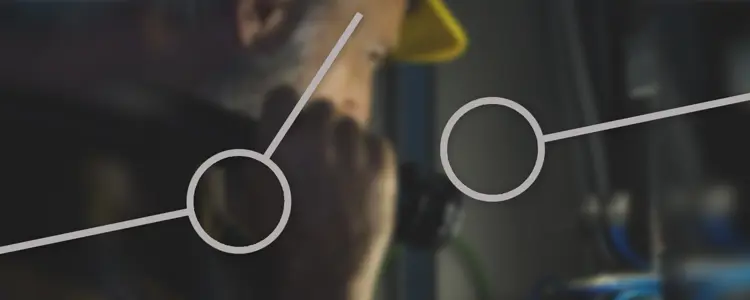The benefits of segregating your PMS from your automation system
On average, modern ships require more power than their predecessors; they simply have more onboard equipment that needs electricity, from navigation and rudder control to pumps, winches, and scrubbers. This also means that onboard power cannot be allowed to fail, and yet it sometimes does: In 2017, a safety study by the Finnish Safety Investigation Authority found that deficient backup and emergency systems played a role in all cases investigated.
Integration or segregation?
To keep power flowing, ships need power management systems (PMS). To control all equipment on board, they also have automation systems (sometimes called alarm and control systems). It can be tempting to integrate power management in the automation system – your crew only needs to deal with one centralised system, and purchasing everything from one supplier means that the cost of procurement, installation, training, and parts can be relatively low.
However, if your vessel has a complex or high-powered system, or if it operates with stringent requirements on operational safety, there are greater benefits to be had by segregating your PMS from your automation system. The most important of these benefits is a higher degree of safety.
Higher degree of safety
A segregated PMS is particularly resilient if it is based on a distributed control system (DCS) architecture. Such an architecture consists of a network of connected controllers, each of which is capable of controlling the entire network in addition to the unit or component it is meant to manage. For example, there could be a DCS controller for each generator, for the bus tie breaker (BTB), and for all other important power sources and breakers in the system. One of these controllers is the master controller which also controls the entire network; if it fails, control is automatically assigned to another controller on the network.
![Blog 24 Segregate PMS[2709]](https://deif-cdn-umbraco.azureedge.net/media/htsnepjo/blog_24_segregate_pms-2709.jpg?width=1200&v=1da9151fd8d5f10&v=9)
The principle is the same as the hot standby feature frequently found in centralised, integrated systems, but whereas an integrated system only has one backup controller, a segregated DCS-based solution offers controller redundancy as long as there are still live controllers on the network.
Failure of both control cabinets in an integrated system is very rare, but it is not impossible. For example, a fire that takes out one control cabinet can take out both. In applications where safety considerations override everything else, a DCS architecture provides increased safety through extra redundancy and more than one installation location.
There are other benefits of keeping your PMS segregated from your automation system. Most importantly, it gives you greater flexibility when designing the power system, particularly if you need to design it for advanced and varied tasks such as handling shore connections or hybrid propulsion. The modular approach may also mean that in the long run, a segregated solution is not actually more expensive than an integrated one. For more details, download our free whitepaper with full details on the benefits of keeping systems segregated, examples of integrated and segregated solutions, and a list of things to consider before selecting an integrated or segregated solution.
We hope you’ll never have to enjoy the full safety benefits provided by a segregated PMS, but if problems do occur on your ship, we’d much rather help you cope with them as safely as possible.
Download our FREE whitepaper on segregating your PMS from automation systems
Not quite sure what power management is? Check out this blog post!
Read more about the DEIF PPM 300 protection and power management controller

Contact us to discuss your options
- 90 years of energy pioneering
- Manufactured at the highest standards
- Superior quality
- Unmatched service and support
- Made in Denmark










